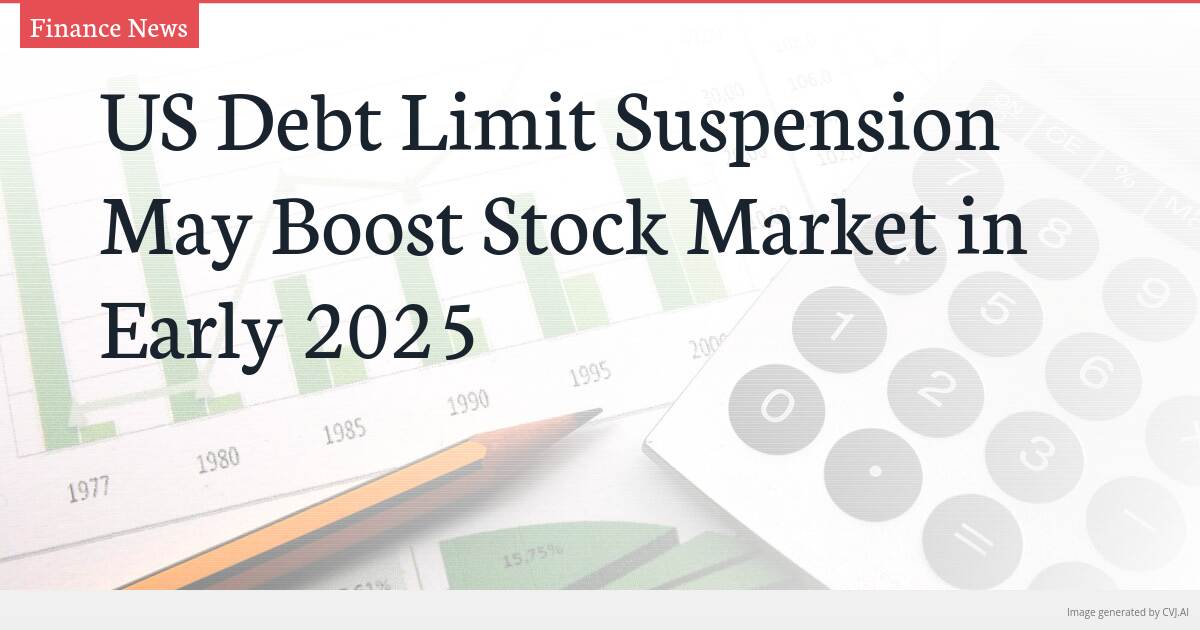This summary text is fully AI-generated and may therefore contain errors or be incomplete.
The United States has reached a significant milestone with its debt limit now at $36.1 trillion. This situation has prompted the Treasury Department to take extraordinary measures to prevent a technical default, which could greatly impact both the bond and stock markets.
Extraordinary Measures by the Treasury
To manage the complexities of the debt ceiling while ensuring fiscal stability, the Treasury is suspending new debt issuance until March 14, 2025. This suspension may temporarily ease the pressure from rising bond yields that have recently caused concern among stock investors.
Additionally, the Treasury is pausing payments into certain government accounts, such as the Postal Service Retiree Health Benefits Fund, to focus on more immediate obligations. Recent Treasury auctions have resulted in increased bond yields, raising concerns about the sustainability of the US government’s fiscal policies.
Impact on Markets
Ongoing discussions regarding Treasury auctions have drawn attention to metrics that reflect the nation’s overall fiscal health. The potential for interest rates to decrease during the suspension of Treasury auctions could provide a significant boost for equities, which have faced challenges due to rising yields.
Historically, when the 10-year US Treasury yield approaches the 5% mark, it has been a negative indicator for stocks. However, the current lack of new Treasury supply may create a favorable scenario for investors holding both stocks and bonds, as lower bond supply could technically support asset prices.
Political Consequences of the Debt Ceiling Debate
The upcoming debt ceiling debate carries not only financial implications but also significant political consequences. As one political figure pushes for the elimination of the debt limit to advance his agenda, fiscal conservatives within the Republican Party may oppose this approach.
With a narrow Republican majority in Congress, even a few dissenting voices could hinder proposed agreements. This internal conflict may result in a prolonged standoff, which has historically been viewed positively by investors who favor a stable political environment with fewer surprises.
Investor Sentiment and Market Dynamics
Historical data indicates that when Congress was divided under a Republican president, the S&P 500 achieved an average annual return of around 14%. In contrast, the average annual return fell to 7% when Republicans had full control of Congress.
This historical context suggests that a divided government may create a more favorable environment for stock performance, even amidst contentious fiscal policy debates. As the debt ceiling debate progresses, market sentiment is likely to be shaped by the interaction between fiscal policy and investor confidence.
Challenges and Opportunities Ahead
The suspension of new Treasury debt issuance could foster a temporary environment that is beneficial for stock market gains, particularly if bond yields stabilize or decline. However, the potential for political gridlock and the looming risk of a debt downgrade could introduce volatility into the markets.
Investors will need to navigate this complex landscape with care, balancing the implications of fiscal policy decisions against broader economic indicators. The current situation presents both challenges and opportunities, as the relationship between the bond and stock markets continues to evolve.
📎 Read the original article on businessinsider.com


